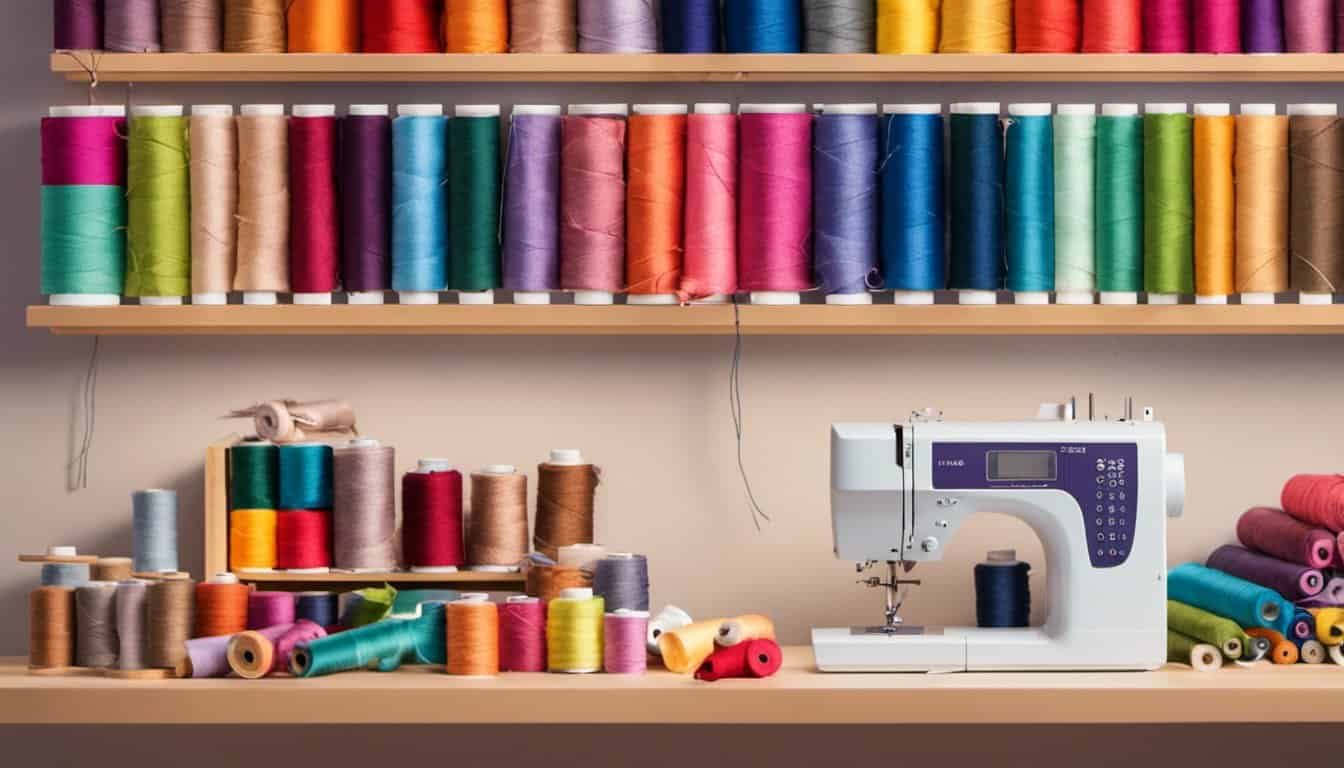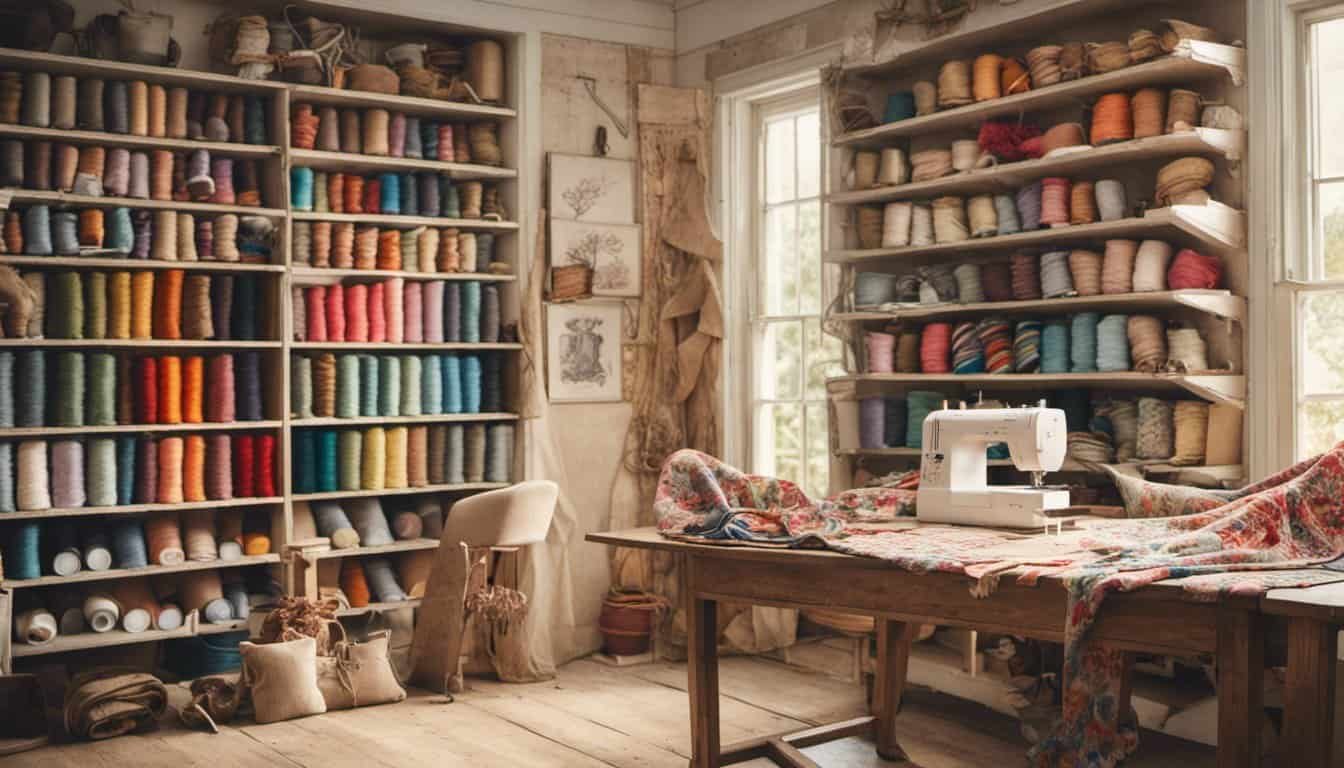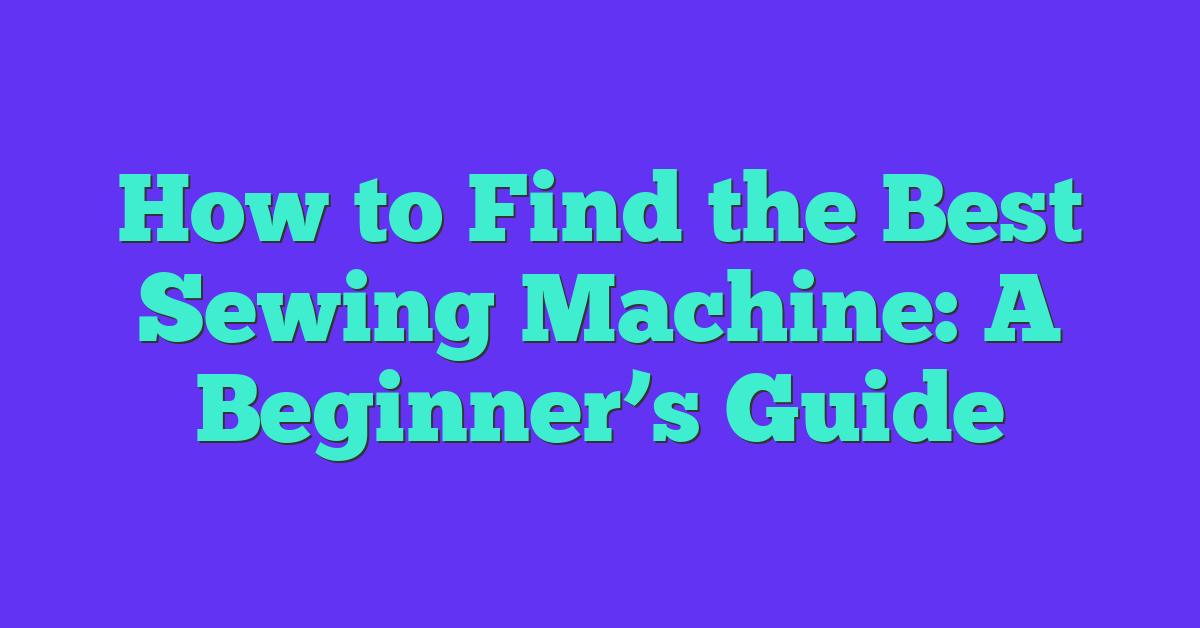Sewing a tiered skirt with layers is one of those projects that’s as fun as it is rewarding. There’s something magical about watching simple pieces of fabric transform into a flowy, stylish skirt that’s perfect for twirling. Whether you’re a beginner or someone with a bit of sewing experience, this project is a great way to unleash your creativity and add a personal touch to your wardrobe.
Materials Needed
Gathering the right materials ensures a smooth sewing process and a professional finish for your tiered skirt. Here’s what I recommend:
- Fabric: Select lightweight fabrics like cotton, chiffon, or linen. For a knee-length skirt, 2 to 3 yards is typically sufficient, depending on the desired number of layers and your measurements.
- Thread: Match your thread color to the fabric for seamless stitching. Polyester thread works well for most lightweight fabrics.
- Elastic: Choose 1-inch-wide elastic for the waistband. The length should match your waist measurement minus a snug fit allowance.
- Measuring tape: Use this for precise measurements of waist, hips, and desired skirt length.
- Sewing machine: Ensure your machine supports both straight and zigzag stitch settings.
- Fabric scissors: Sharp scissors guarantee clean fabric cuts without fraying.
- Pins or clips: These help secure fabric layers before sewing, especially when attaching ruffles.
- Iron: Use an iron for flattening seams and giving the fabric a crisp finish after each sewing step.
- Optional extras: A rotary cutter for precise lines, a mat for safe cutting, and a ruler for straight lines can improve precision.
Assembling these materials before starting avoids interruptions and keeps your workflow efficient.
Preparing Your Fabric
Preparing the fabric correctly ensures a smooth sewing experience and a professional-looking tiered skirt. Starting with the right fabric and accurate measurements is essential for success.
Choosing the Right Fabric
I choose lightweight materials like cotton, linen, or chiffon for their flow and ease of sewing. Cotton works well for beginners, as it’s sturdy and less slippery. Linen brings a soft texture, while chiffon creates a more delicate, airy look. Fabrics with slight stretch can also add comfort. I avoid bulky or thick fabrics, as they may not drape well for tiered designs.
I check the print or pattern direction of the fabric if it’s patterned, ensuring consistency when sewing the layers. For example, striped or floral patterns look best when aligned evenly.
Measuring and Cutting the Layers
I measure each fabric piece based on the desired length and width of the tiered skirt. The first tier typically matches the waist circumference, while the second and third tiers increase in width by 1.5 to 2 times the previous layer. For example, if the waist is 30 inches, the second tier would range from 45 to 60 inches wide.
I cut the fabric into rectangular sections for each layer, keeping edges even for neat seams. Using a rotary cutter and ruler enhances precision, especially when working with slippery fabrics like chiffon. Marking the fabric with fabric chalk ensures accurate cuts without permanent marks.
Assembling the Skirt
Assembling the skirt involves sewing the tiers together and creating the ruffles that give the skirt its signature layered look. Working tier by tier ensures an even flow and professional finish.
Sewing the Tiers Together
I start by aligning the edges of the fabric layers with the right sides facing each other. Pin or clip them securely to prevent shifting while sewing. Using a straight stitch, I sew along the pinned edges, leaving a ½-inch seam allowance. For added strength, I backstitch at the beginning and end of each seam.
Once all the layers are connected, I finish the raw edges with a zigzag stitch or a serger to prevent fraying. Pressing the seams open or toward the next tier with an iron gives the skirt a clean appearance. For lightweight fabrics like chiffon, I adjust the temperature to avoid damage.
Adding Gathering and Ruffles
To create gathers for every layer, I use a longer straight stitch (4 mm or more) and sew two parallel rows along the top edge of the fabric, leaving the threads unknotted at the ends. I gently pull the bobbin threads to create even gathers, spreading them across the width of the skirt.
For ruffles, I measure and cut extra strips of fabric 1.5-2 times the width of the tier they’ll attach to. After gathering the strips, I add them to the lower edge of the corresponding tier. Pinning the gathered fabric evenly before sewing ensures the ruffles maintain symmetry.
Adjusting the tension and using a walking foot on lightweight and slippery fabrics can help achieve smoother gathers and ruffles.

Finishing Touches
Adding the final details elevates a handmade tiered skirt from functional to polished. Taking the time to create clean hems and a secure, comfortable waistband completes the project beautifully.
Hemming the Skirt
I recommend hemming each tier’s bottom edge to give the skirt a neat finish. For a rolled hem, fold the fabric edge upward by ¼ inch, press it with an iron, and fold it again before stitching. This method hides the raw edge and prevents fraying. With lightweight fabrics like chiffon or voile, using a narrow hem foot on the sewing machine ensures precision.
If the fabric is prone to puckering, pinning the hem every 2-3 inches keeps the folds even while sewing. For a decorative touch, consider using a contrasting thread color or a specialty stitch like a scallop edge. These small details add personality while maintaining a professional look.
Adding a Waistband
The waistband requires elasticity for comfort and a snug, supportive fit. After sewing the skirt’s top edge together, fold it downward by 1.5 inches to form a casing. Press with an iron to hold the fold, then sew close to the raw edge, leaving a 2-inch gap to insert the elastic.
I use a safety pin attached to one end of the elastic to guide it through the casing. Ensure the elastic lays flat without twisting before sewing its ends together. Once secure, close the gap in the casing with a straight stitch.
« How to Sew a Drawstring Backpack: Easy DIY Guide for Beginners to Create Your Own Stylish Bag
Master Sewing Jeans: The Ultimate Guide to Crafting Perfectly Fitted Pants at Home »
For added stability, stitch along the waistband to anchor the elastic in place. This prevents it from rolling or shifting, particularly with frequent wear. For a decorative waistband, consider adding topstitching or using fabric in a complementary color.
Styling and Customization Tips
I explore styling options and customization techniques to transform a simple tiered skirt into a unique wardrobe piece. Adding creative flourishes and practical details enhances the appearance and functionality of the skirt.
Choosing Fabric Patterns and Colors
Contrasting colors or complementary patterns create a vibrant, standout look. For example, floral prints for one tier paired with solids for others achieve a balanced design. Mixing lightweight fabrics like chiffon and cotton can also add texture variety.
Layer Adjustments
Changing the tier lengths or widths significantly alters the skirt’s style. Making the top tier shorter with longer lower layers amplifies the flowy effect, while equal-length tiers give a balanced, uniform appearance.
Embellishments
Decorative additions personalize the design. Lace trim along the hem, appliqué florals on a tier, or sewing beads into the ruffles introduce unique details. Embroidery on a single tier adds contrast without overwhelming the design.

Hem Variations
Using shaped hems like a high-low curve or angled layers reshapes the silhouette. For playful designs, scalloped hems in soft fabrics like linen or chiffon add a feminine touch.
Waistband Customization
Replacing the elastic with a drawstring or adding belt loops gives functional variety. Using fabrics for a wide waistband in a contrasting color complements the tiers below while cinching the waist attractively.
Versatile Skirt Styles
Converting the skirt into a convertible piece increases its versatility. For example, an elastic waistband can create an off-shoulder dress look. Including snaps or buttons between layers for adjustable lengths adds multifunctionality.
Each customization idea works as a standalone or in combination with others, providing endless creativity for the tiered skirt design.
Conclusion
Sewing a tiered skirt with layers is such a fun way to bring creativity into your wardrobe. From choosing fabrics to adding personal touches, the process lets you craft something that’s truly one of a kind. It’s not just about the sewing—it’s about making something that reflects your style and feels uniquely yours.

Whether you’re twirling in your new skirt or experimenting with different designs, the possibilities are endless. I hope this project inspires you to keep exploring and creating. Happy sewing!

















